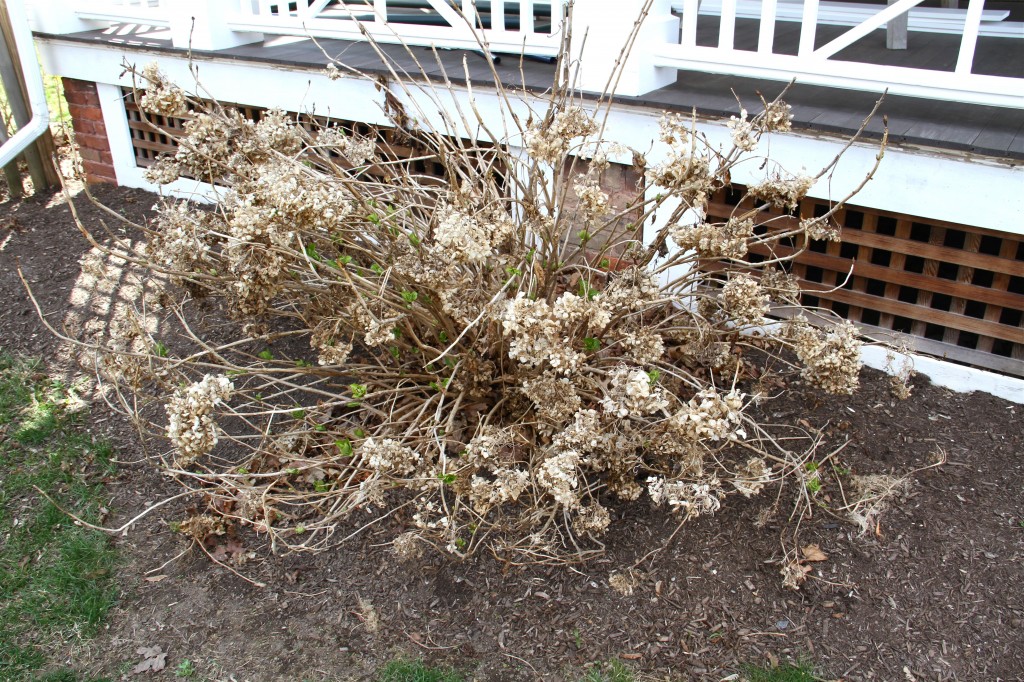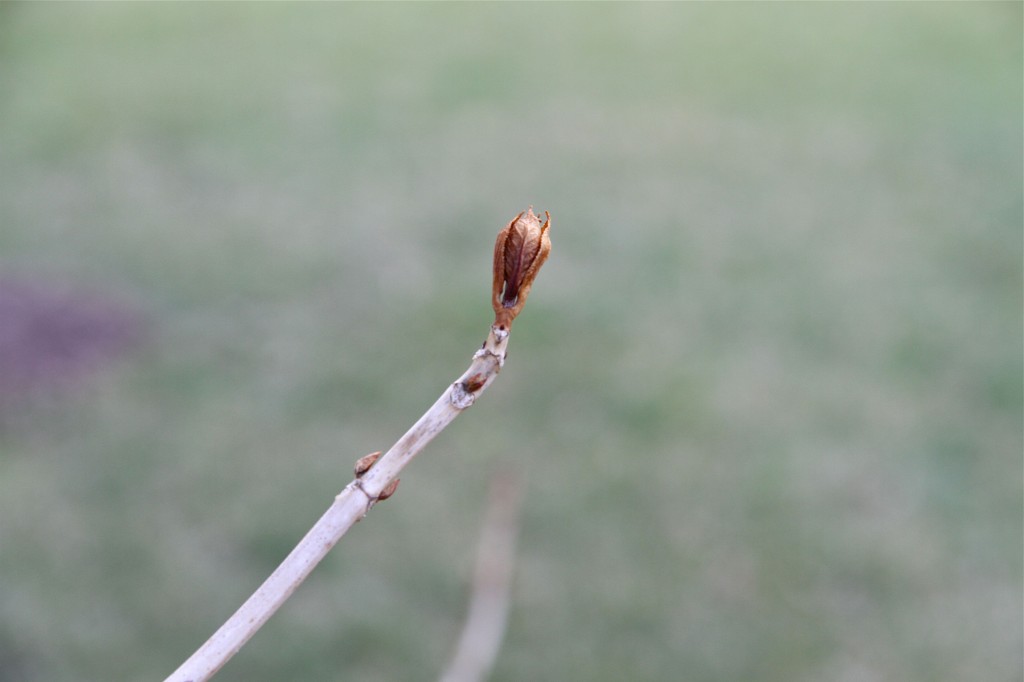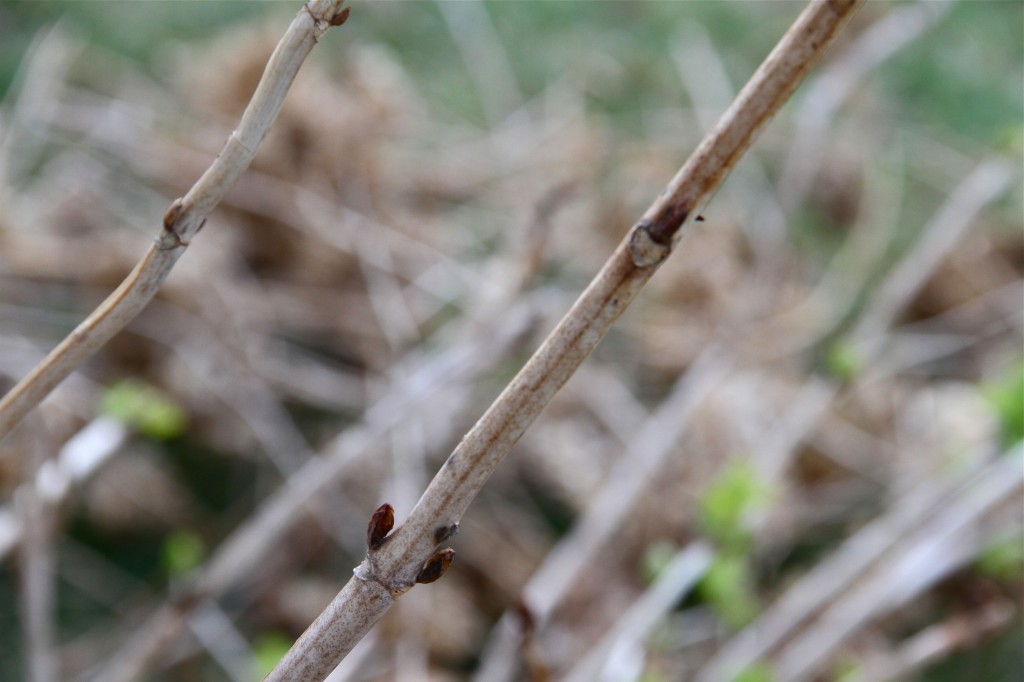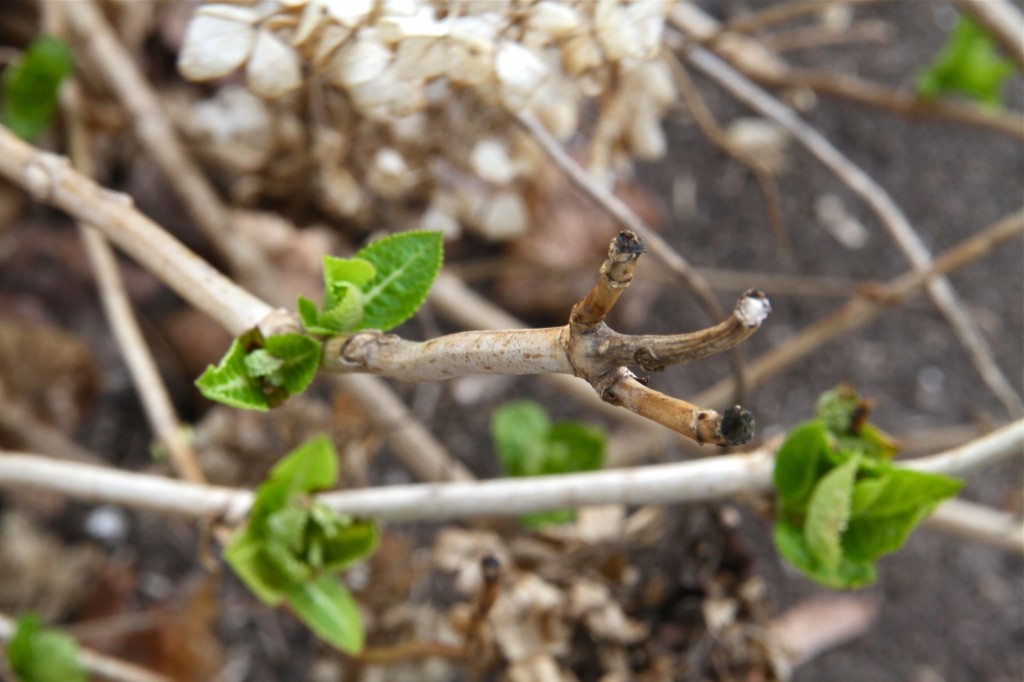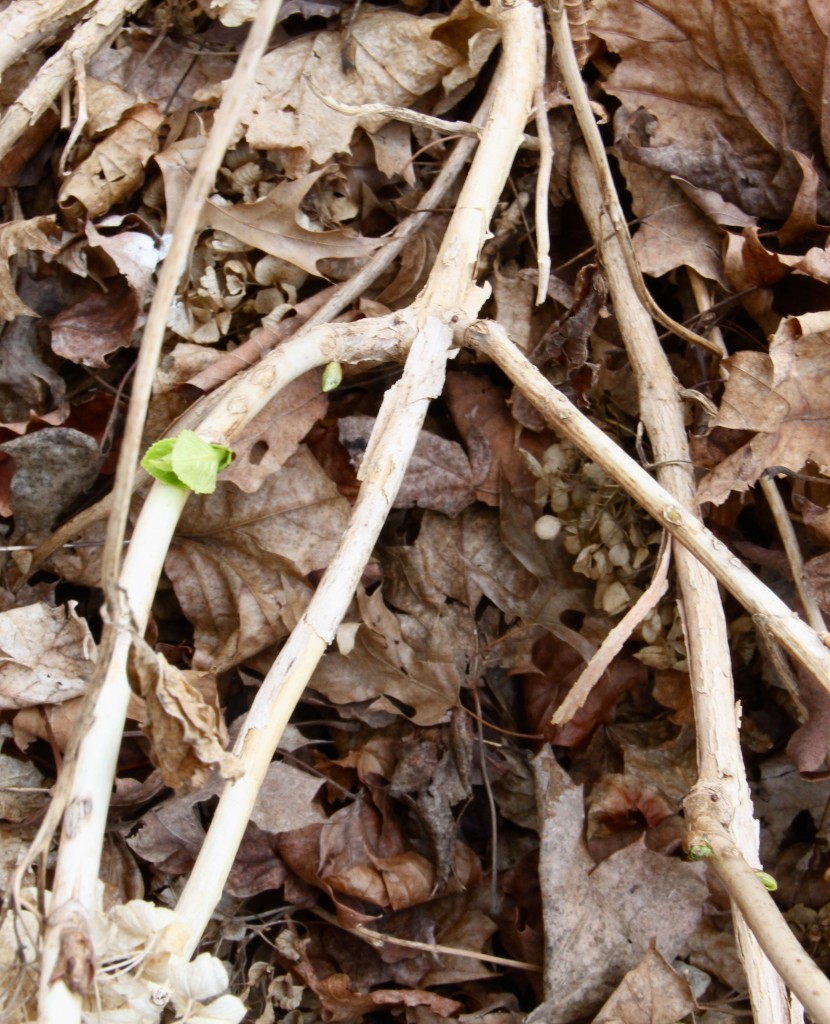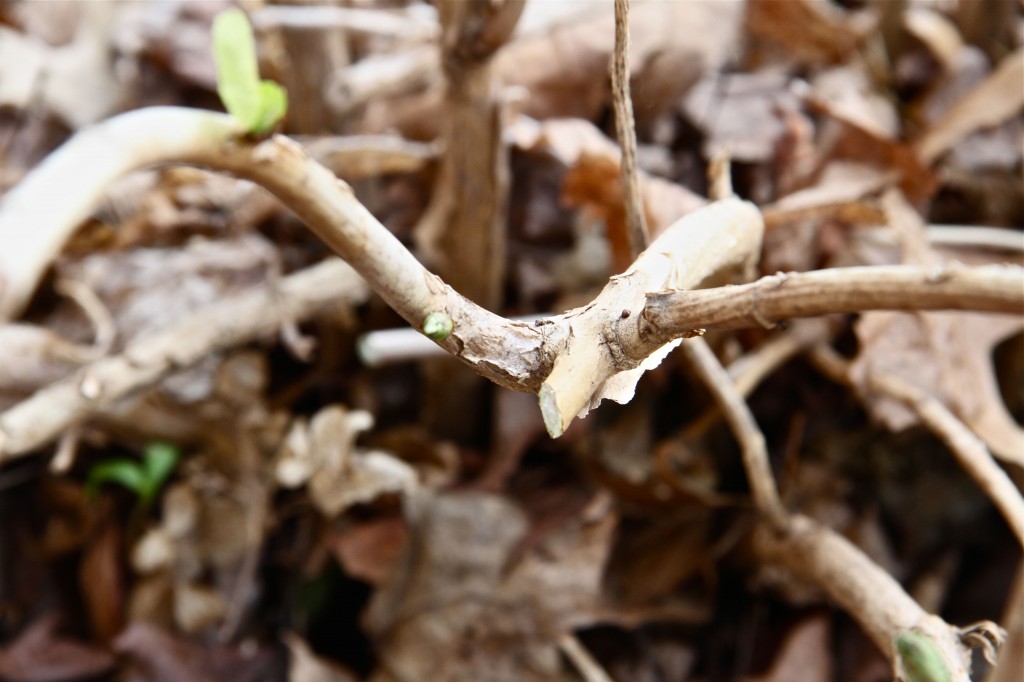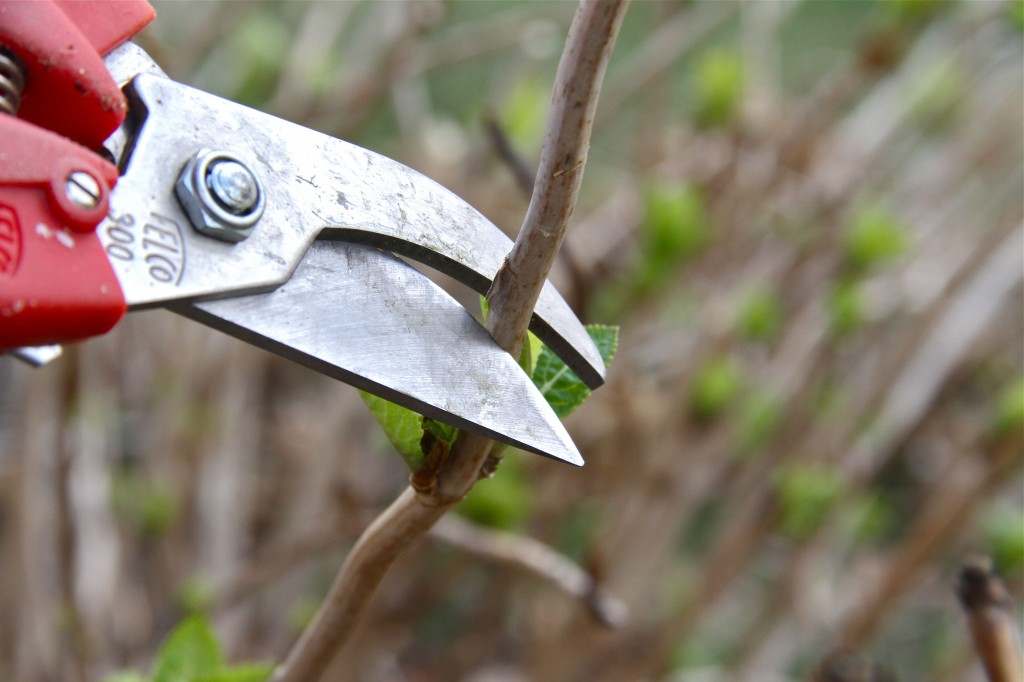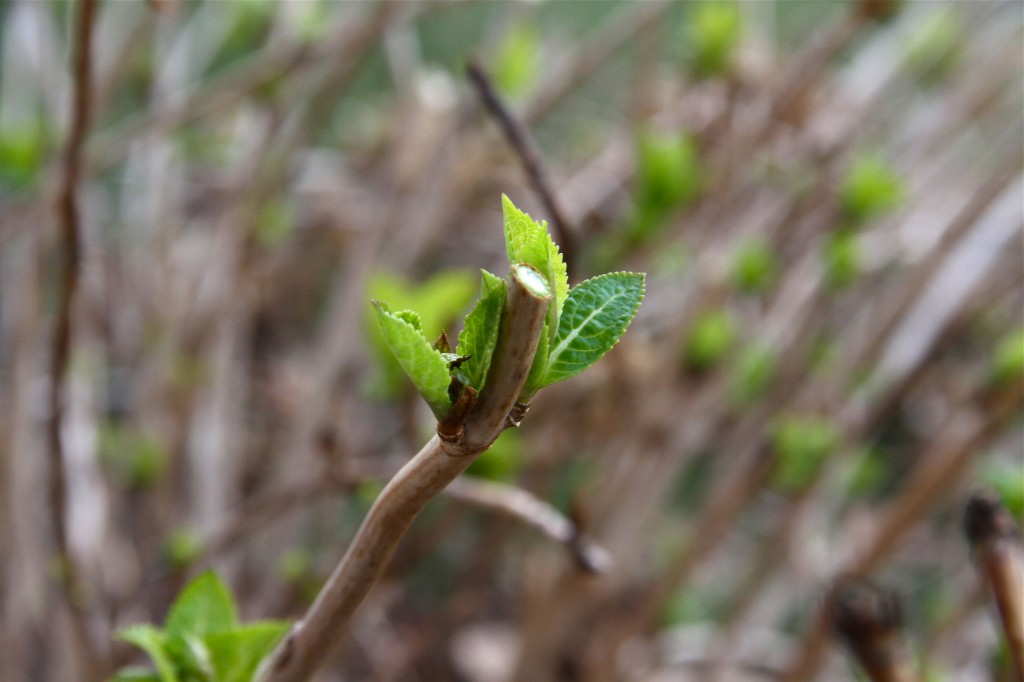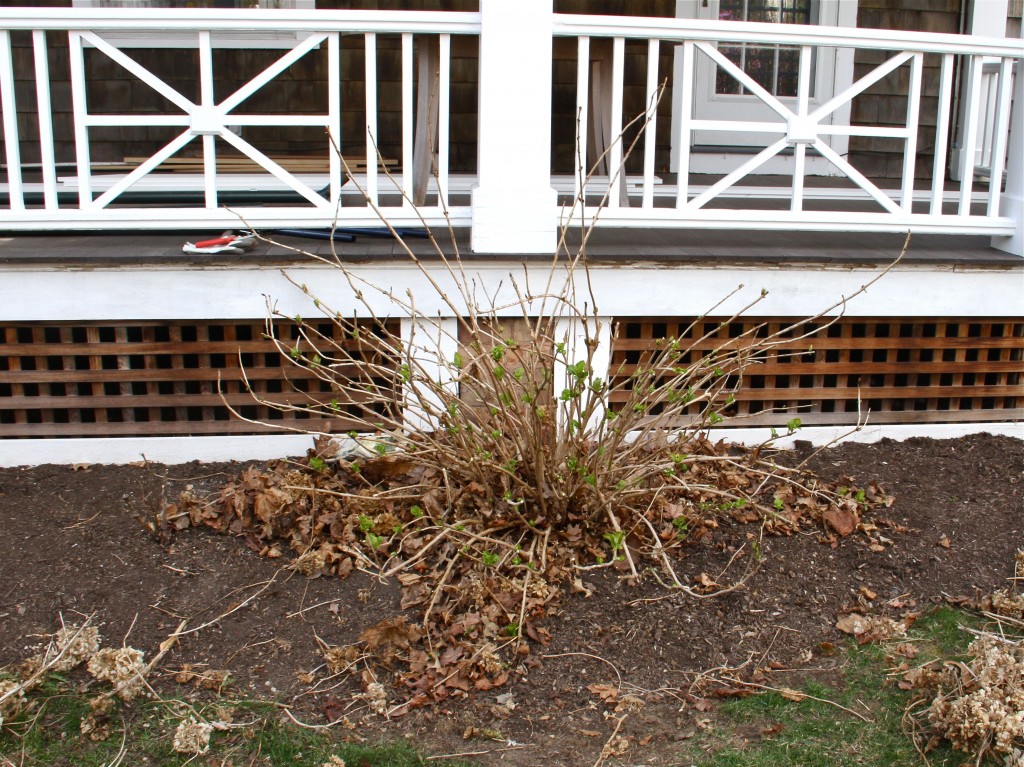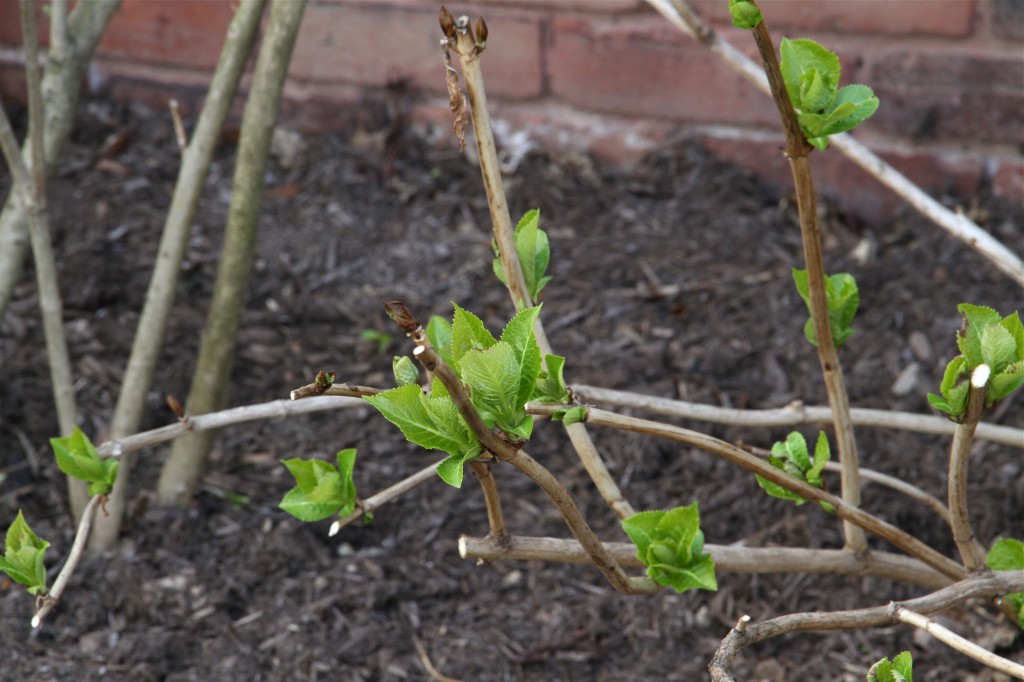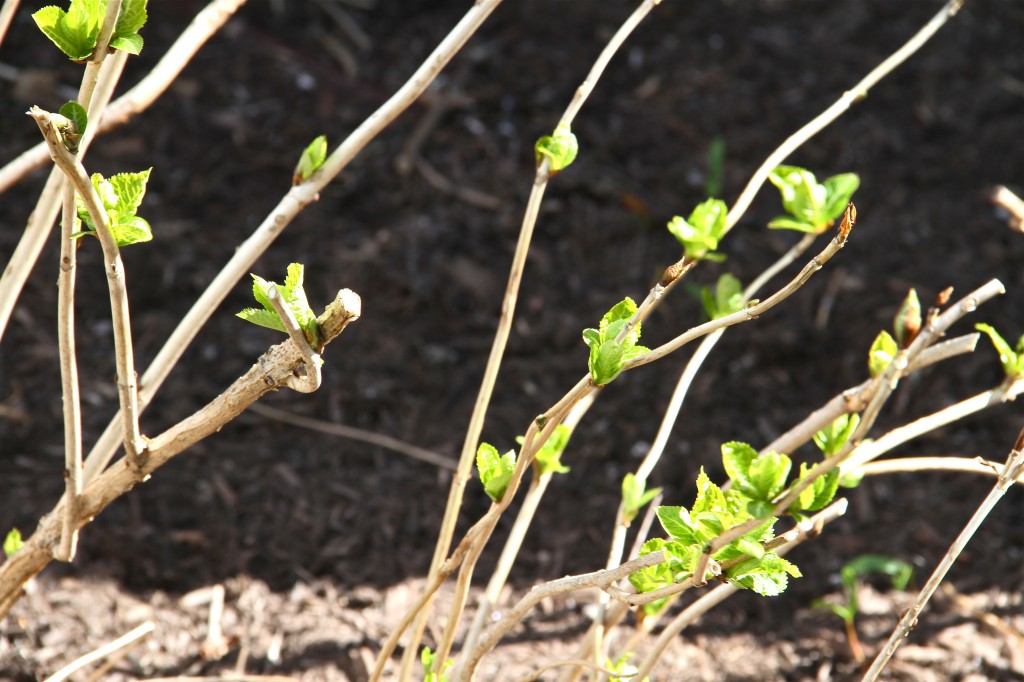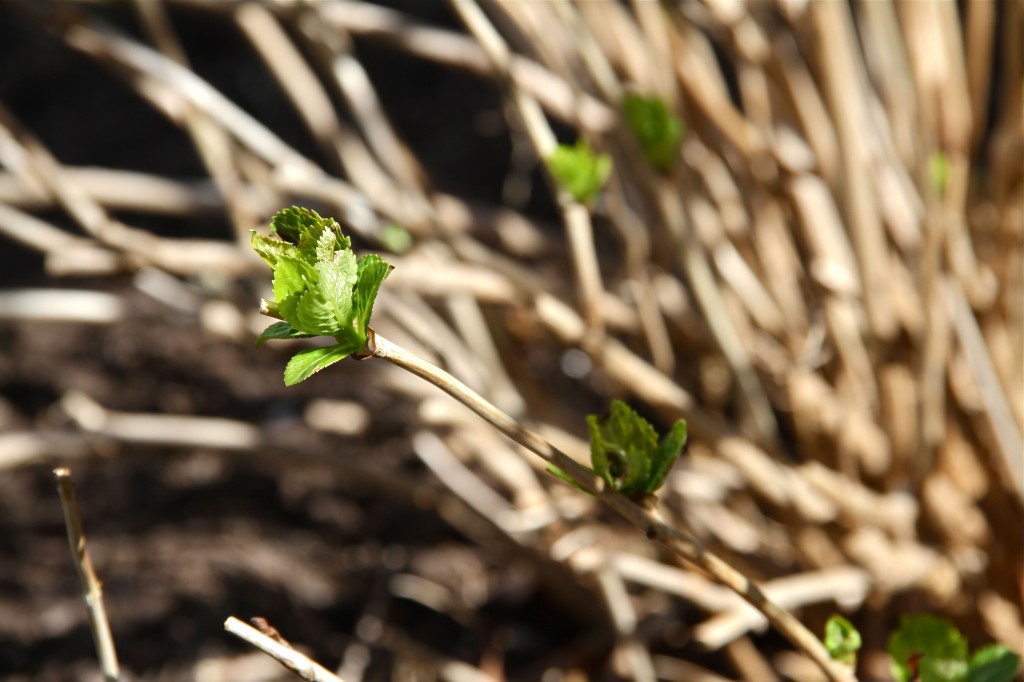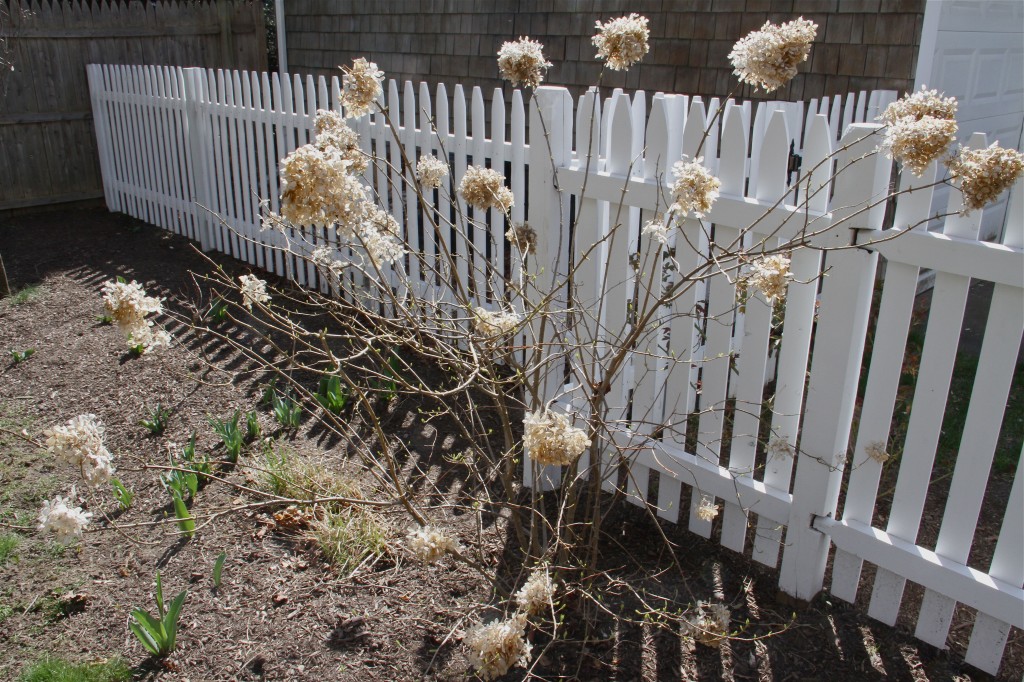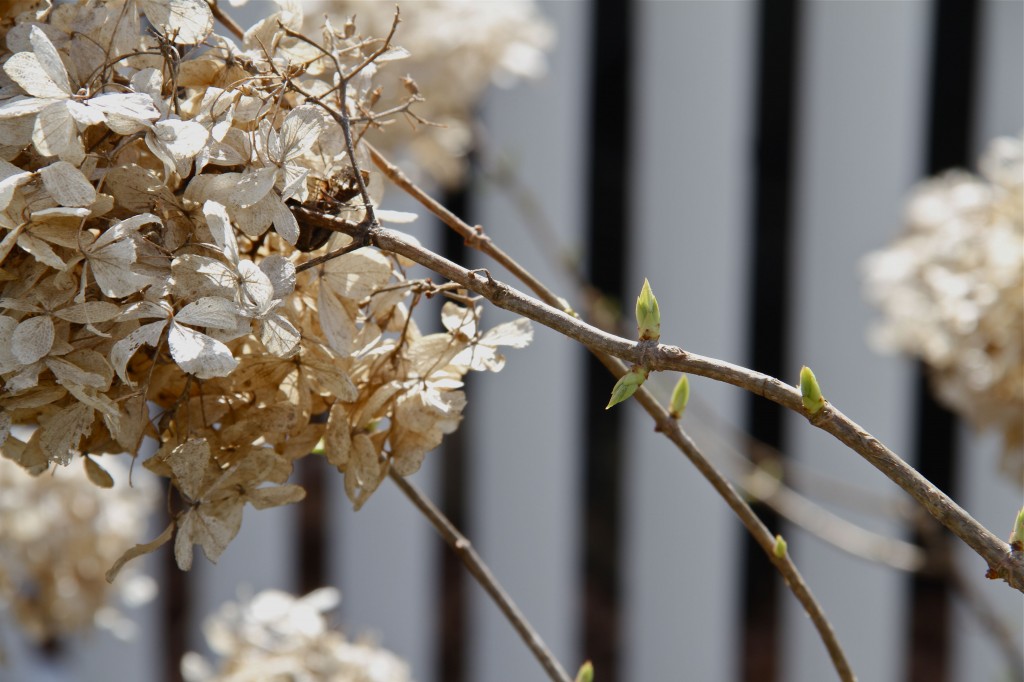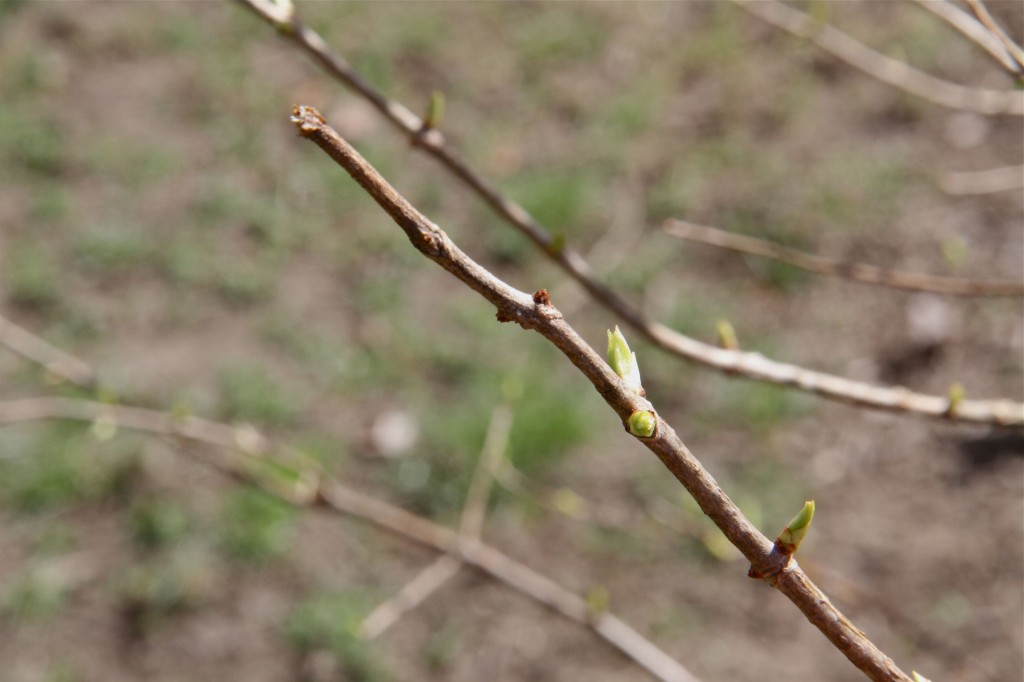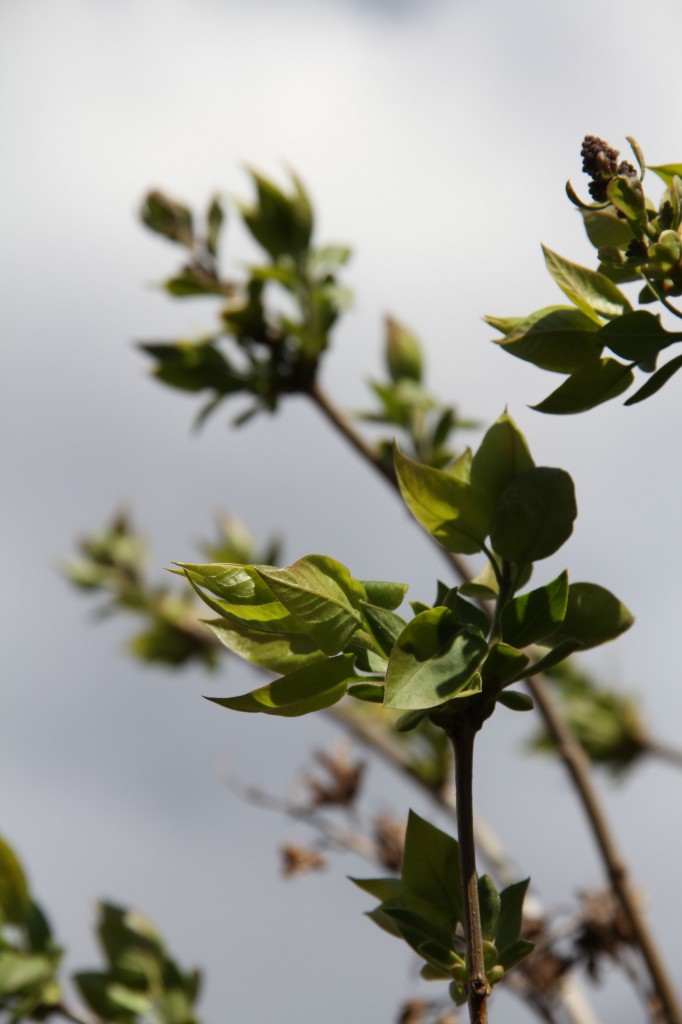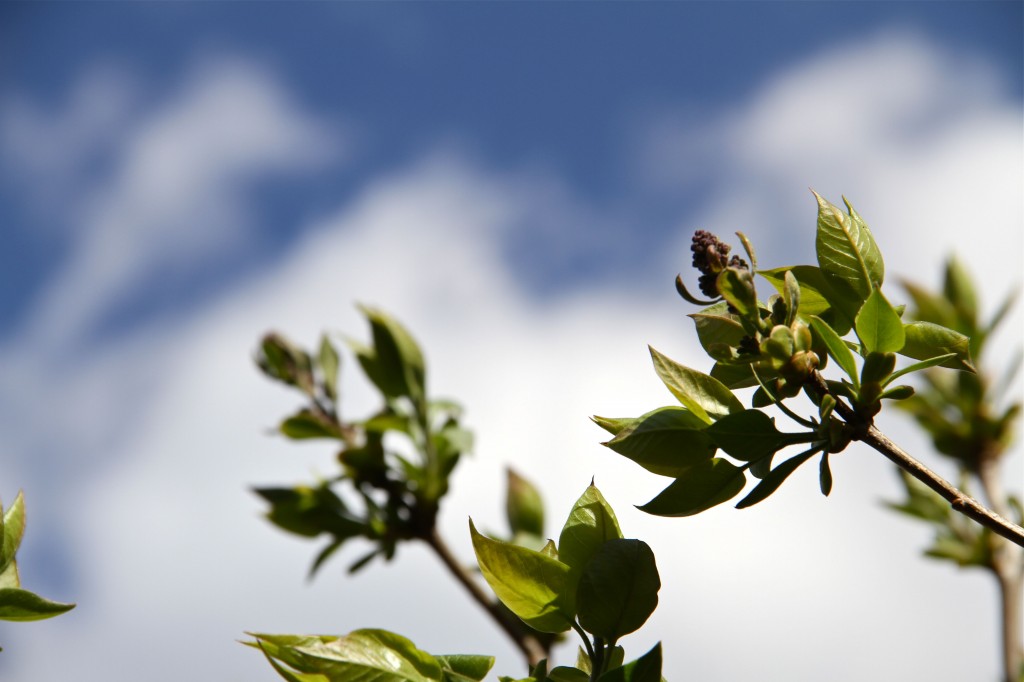*Lyrics from You’re No Good, as sung by Nicki Bluhm and the Gramblers. Their van sessions have been making their way around the interwebs, and for good reason. They’re good. I expect we’ll be seeing/hearing more from them in the not too distant future.
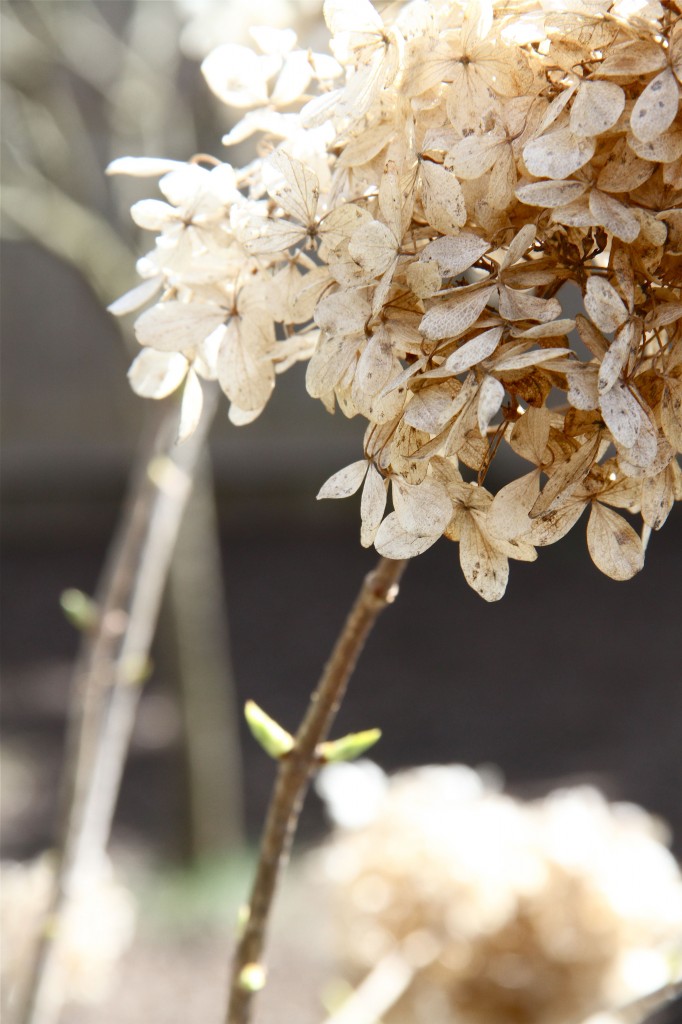
With this kind you really only need to trim off the dead heads. The plants are less mysterious. No growth = not gonna grow there. You just have to be patient and wait for them to begin to grow.
Every year, around this time, I start the process of waking up the yard from its long winter’s slumber. Now, this particular winter has been unusually mild, so the cleaning up post-winter, post-nothing has been mostly effortless (I should reveal that we have our lawn cared for by our local organic yard care guru, so we don’t have to seed, fertilize, aerate, de-thatch or de-grub). The only real task at hand was to cut back the dead bits of hydrangea to make way for the new blooms. I’ve read many a conflicting report about when to do this – some say fall pruning is best, after the summer blooms have faded, while others say never to prune them – but I’ve found that the two-fold benefits of pruning in early spring, just after the leaves begin to sprout, works best for me. The fact that I can remove dead stems, dead heads and give the plant fewer areas to focus its energy on (and therefore send all its energy to producing blooms and leaves) is a win-win in my book.
The varieties of hydrangea we have in the yard are endless summer, wedding and limelight – each producing different shaped and colored blooms. We chose them initially after we spent part of our honeymoon on Cape Cod, and after being told that our house was once called The Nantucket by locals. We wanted to capture the easy romance of the beach, while also choosing plants that would thrive in the unpredictable New England climate. So far the hydrangeas have (at least) tripled in size, and have produced prolific blooms every summer since we had them planted.
Another bonus to hydrangea bushes is that those prolific blooms are perfect additions to summertime and fall bouquets. Their textural, large, multi-petaled heads create a romantic and quintessentially summery presence in the house throughout the warmer months. And, the only effort I have to put into them is in the springtime, when I carefully cut away lagging stems, thin out overcrowded areas, and wait patiently for the blooms to arrive.
Some pictures of the steps I take, in case you have your own hydrangeas to care for, and were wondering how. Also, if you have different plants that you need to prune but don’t know how, and you are a visual learner, may I suggest The Pruner’s Bible. It’s totally entry level for average yard-care and gardening (which was exactly what I needed when I first had a yard of my very own to care for). Plus, it’s full of pictures, like this blog! Enjoy! xoxo
